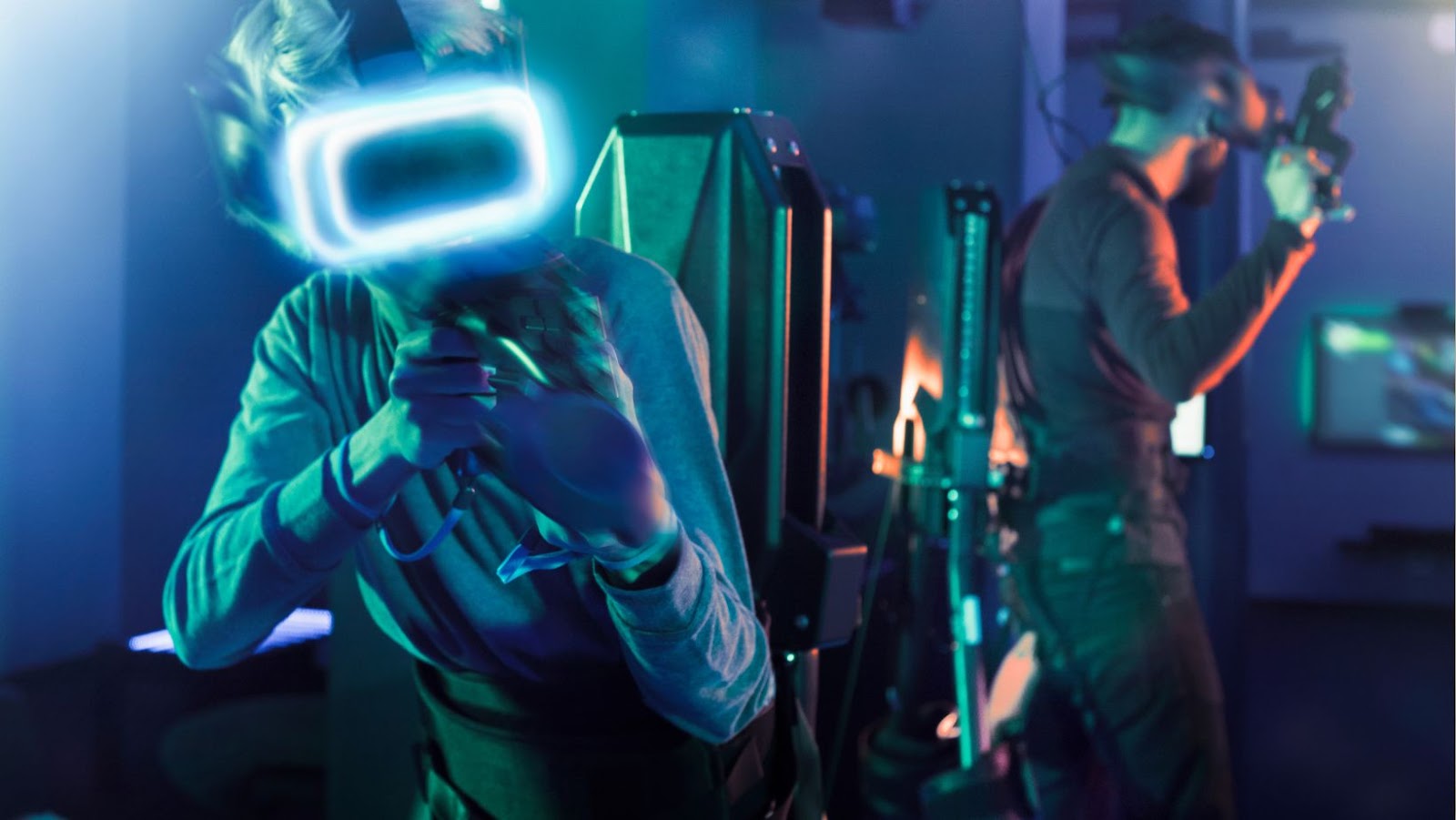 What VR Games Use Hand Tracking
What VR Games Use Hand Tracking
Hand tracking in VR refers to the ability of software to precisely recognize and interpret user’s hand movements in real-time. Precisely using cameras or sensors, the system traces the user’s hand gestures and translates them into in-game actions. For example, a wave of the hand might make the user’s avatar wave in the game, providing an uninhibited and intuitive gaming experience.
What VR Games Use Hand Tracking? Hand tracking significantly enhances the VR experience. It serves to bridge the gap between the real and virtual world by integrating nuanced physical movements. One-off gestures, such as opening a virtual door, become less reliant on abstract button presses and more on the natural motion. Furthermore, complex interactions, like playing a virtual piano, become possible only due to the precise implementation of hand tracking technology. Thus, transforming the gaming experience from a simple operation of buttons to a realistic and demanding virtual interaction.
 Top VR Games Using Hand Tracking
Top VR Games Using Hand Tracking
Within the VR gaming universe, some titles stand out due to their innovative implementation of hand tracking. Not only do they provide an incredible gaming experience, but they also showcase the real potential of this novel technology.
Valve’s Half-Life: Alyx stands tall as a prime example of VR gaming. It’s unique in that it not only uses but emphasizes hand tracking for gameplay. Using a pair of VR controllers, Alyx replicates the player’s hand movements, bringing a distinctive level of tangible interactivity into the game. Players can interact with the surroundings to loot, solve puzzles, and even engage in combat, giving Half-Life: Alyx a reputation for exceptional realism and immersion.
Fast Travel Games’ The Curious Tale of the Stolen Pets offers a heartwarming and immersive VR experience enhanced by hand tracking. Throughout the game, players use their hands to interact with environments, unraveling an enchanting narrative of childhood memories and wonderful creatures. It exhibits how hand tracking can promote deeper engagement in non-combat oriented games, demonstrating its versatility.
Owlchemy Labs’ Vacation Simulator is a lively VR game that effectively utilizes hand tracking to entertain its players. The game relishes in simple pleasures, allowing players to touch, grab, and interact with various objects within vibrant vacation destinations. With hand tracking, the Vacation Simulator boasts an interactive environment that encourages players to explore and engage, showing a lighter side to VR gaming enabled by innovative hand tracking technology.
 The Evolution of Hand Tracking in VR Games
The Evolution of Hand Tracking in VR Games
What VR Games Use Hand Tracking? Hand tracking technology’s progress in the VR gaming world found its roots in early advancements and continually grows with contemporary innovations. This progression greatly enhances player interaction and game immersion.
The inception of hand tracking in VR games began with rudimentary systems. Early examples include games such as ‘Leap Motion’, where limited hand movements were tracked. These games, while primitive, paved the way for progressing technology. Leap Motion, notably, used infrared cameras to detect hand motions allowing for interaction with the gaming environment. Though imprecise and occasionally erratic, it marked the beginnings of intuitive control in VR gaming.
What VR Games Use Hand Tracking? Hand tracking technology today is light-years ahead of its early days. Current games like ‘Half-Life: Alyx’, ‘The Curious Tale of the Stolen Pets’, and ‘Vacation Simulator’ are prime examples of this innovation. These games, allowing detailed hand manipulation, bring a superior level of immersion to players. For instance, in ‘Half-Life: Alyx’, players can manipulate objects with their hands, mimicking real-life movements. Thus, players interact with the virtual world much as they’d engage with the world outside the screen. The progress in hand tracking innovations marks a turn towards more realistic, engaging gaming experiences.
With VR games like ‘Half-Life: Alyx’ and ‘Vacation Simulator’ leading the charge, hand tracking technology is steadily transforming the gaming landscape. It’s not just about enhancing interactivity and immersion anymore; it’s about blurring the boundaries between reality and the virtual world. The potential benefits, from intuitive control to realistic interactions, are immense. Yet, it’s not without its challenges. Despite issues like tech limitations and hand fatigue, the future of hand tracking in VR games looks promising. Innovations in sensor tech and machine learning algorithms are on the horizon, aiming to boost tracking accuracy and reduce fatigue. Software updates and hardware enhancements are expected to cut down latency, elevating the gaming experience to a new level of realism.